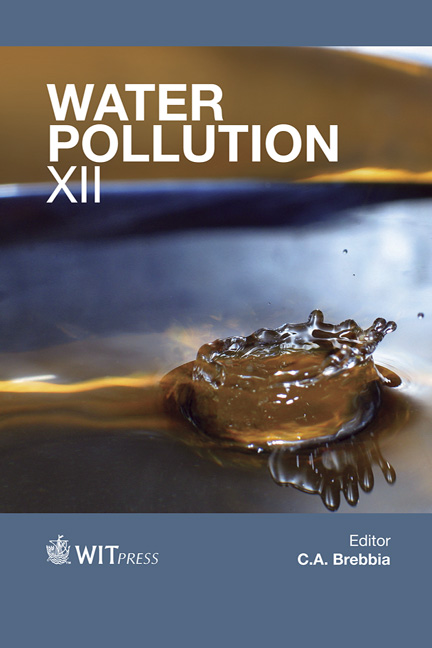Development Of A Monitoring Network Of Water Resources In Urban Areas As A Support For Municipal Environmental Management
Price
Free (open access)
Transaction
Volume
182
Pages
11
Published
2014
Size
3,116 kb
Paper DOI
10.2495/WP140121
Copyright
WIT Press
Author(s)
A. R. Finotti, N. Susin, R. Finkler, M. D. Silva & V. E. Schneider
Abstract
Water resources in urban areas are often impacted by the intense land use in the cities. The development of a surface water monitoring network is a critical element of water resource sustainable management. The city of Caxias do Sul is the second largest metal mechanic industrial region in Brazil. Industrialization seriously impacts river water quality and is a challenge to public authority supervision. The development of a water monitoring network was the solution public authorities found for the municipality environmental management. The network included 12 stations, monitored over 13 months for 15 physical and chemical water quality parameters. Stations were placed according to maps and satellite images, so as to identify the contributing watershed and land use. Principal component analysis (PCA) was one of the techniques used for data analysis. The first principal component corresponded to the variation of total nitrogen, ammonia, total phosphorus, BOD, COD and electrical conductivity and responded for 76.54% of data variance. The variables that comprised the first component indicated that the main source of water contamination was domestic sewage. The second principal component was composed of chromium, nickel and zinc, suggesting sewage discharge from electroplating industries. The third principal component presented aluminum and iron that are naturally found in local soils. The concentrations of such parameters in each monitoring station
Keywords





